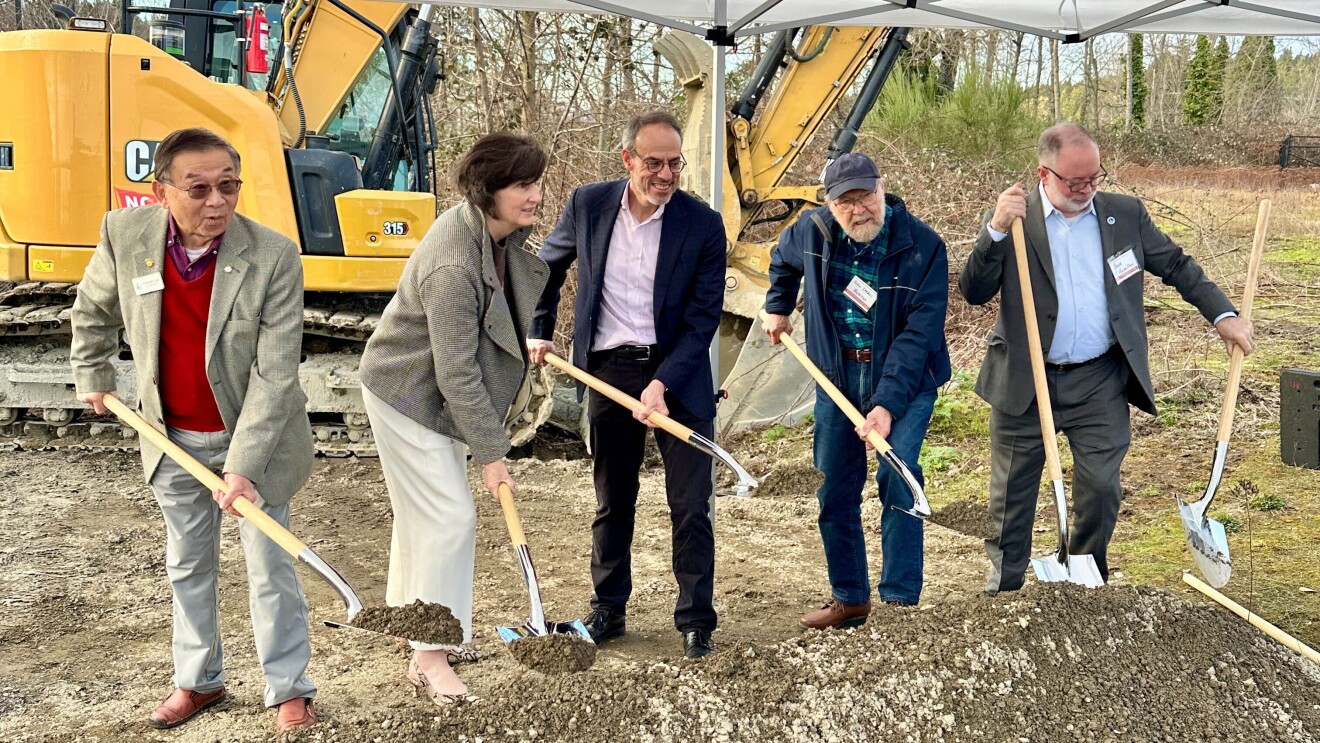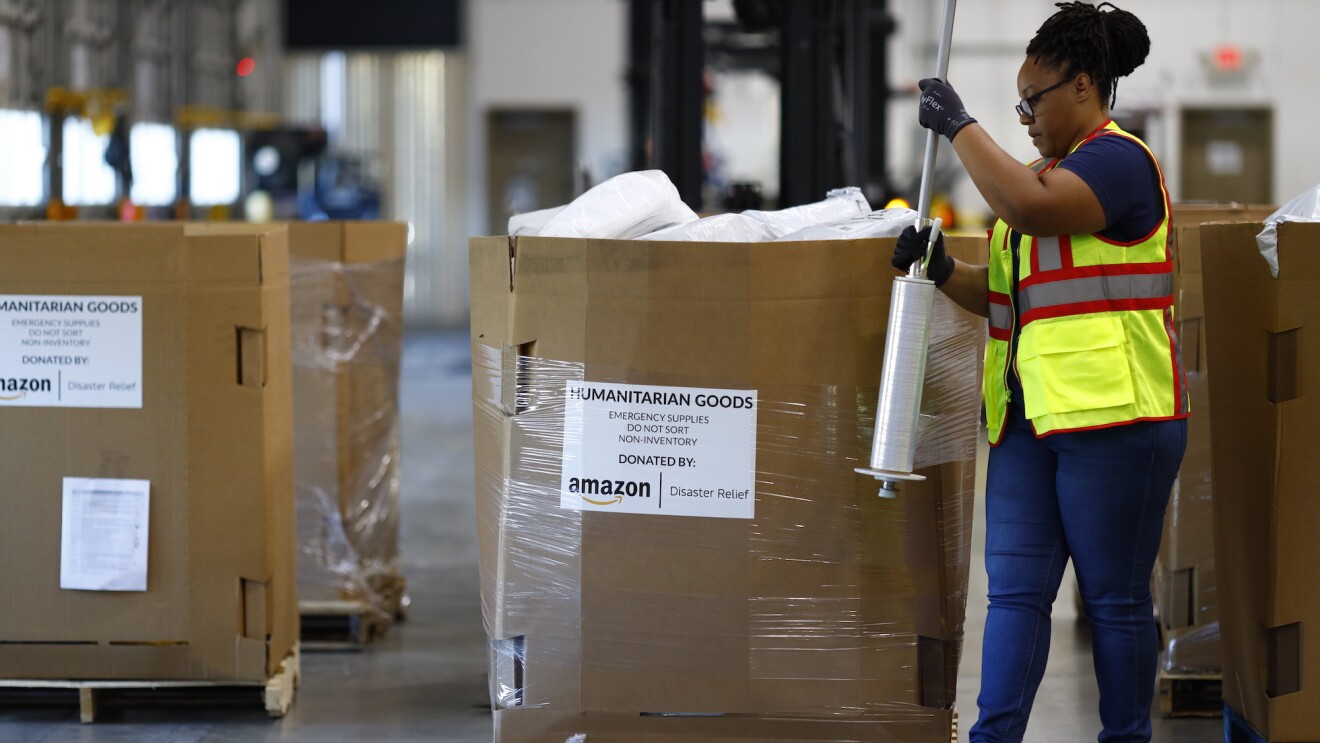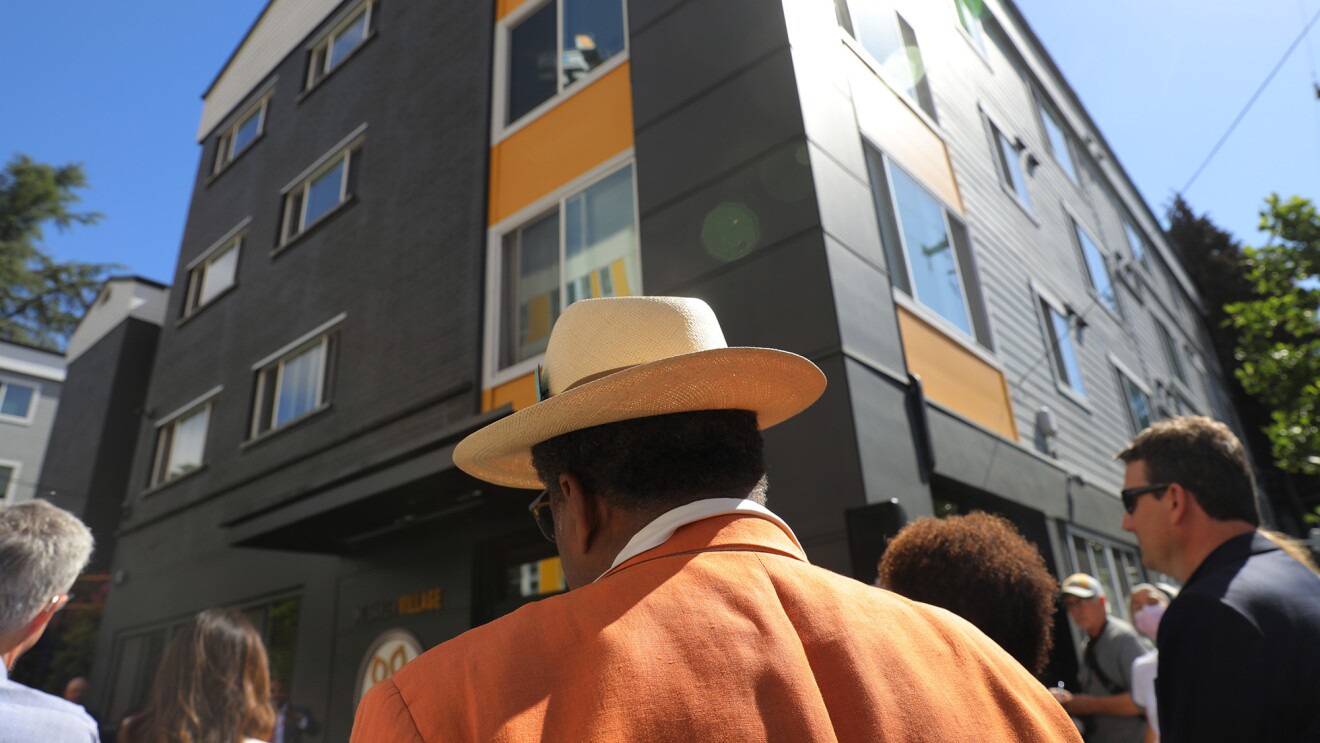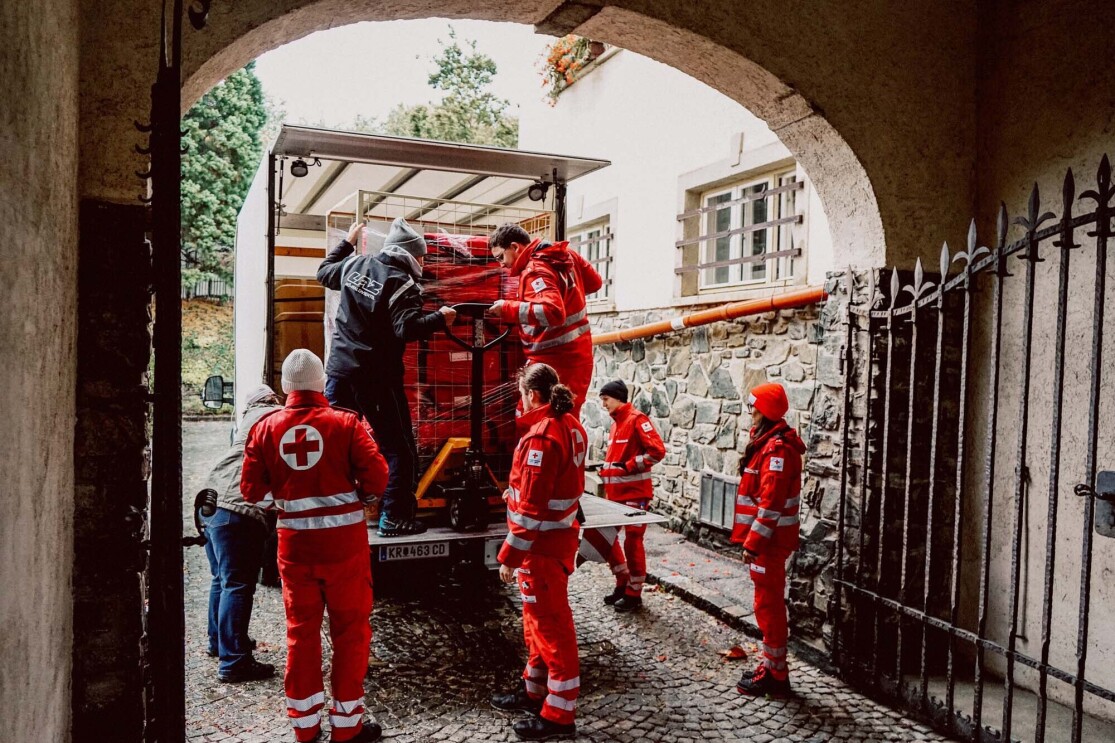There is no running water in Eric Filardi’s cabin. While there is electricity, a lot of chores go along with living in a 250-square-foot log cabin with his wife and nine-month-old daughter—like hauling water in jugs to his home so the couple can brush their teeth in the morning. More dogged than the challenges of the remote existence (memories of a minus 61-degree Alaskan freeze still chill him), was the force that pulled the native New Yorker to Nenana six years ago.
 Nenana School’s STEM director Eric Filardi called the Amazon Future Engineer program a “game changer” because it provides access to AP and introductory computer science courses.
Nenana School’s STEM director Eric Filardi called the Amazon Future Engineer program a “game changer” because it provides access to AP and introductory computer science courses.“We have 200 students from kindergarten through grade 12,” said Filardi, who has been teaching for 15 years. “We're able to bring in students from wherever they are around the state and offer them academic programs that they might otherwise not have any access to.”
Education brings students to Nenana—population 400 in the center of Alaska, split 55 miles in each direction between Fairbanks and Denali—by boats, planes, and four-wheelers. The unemployment rate in Nenana is about 16%, compared with the national average of 3.7%, according to the U.S. Bureau of Labor Statistics. And, Nenana's cost of living is 11.3% higher than the U.S. average.
“Many of our students come to us with a high number of adverse experiences,” Filardi said. “We have youth who do not have their basic needs met.”
As STEM director at Nenana Schools, Filardi considers himself somewhat of a guardian to the students. He mines for ways to guide their life experience, and he’s skilled at scanning his inbox and the internet for unique resources.
“It was something about engineering in the title that caught my eye. It seemed like such an incredible fit,” Filardi said, recalling an email he received about the Amazon Future Engineer program.
I think that's what makes it so incredible, how Amazon presented the content for educators. It challenged me. I learned the best possible way to fulfill the needs of my students.
Eric Filardi, STEM director, Nenana Schools
The high school piece of the Amazon Future Engineer program funds introductory and Advanced Placement computer science courses. The program provides lesson prep, tutorials, and professional development for teachers, along with a digital curriculum for students, and live online support every day of the week for both teachers and students. The childhood-to-career program aims to inspire and educate children and young adults each year from underserved and underrepresented communities across the county to try computer science. It just expanded to more than 2,000 high schools and counting, reaching tens of thousands of students.
“I remember just the excitement we had when we received the welcome package from Amazon in the mail,” Filardi said, who applied for the program in January of 2019. “Our administrative secretary was in the office, and she clapped and cheered when we opened the envelope and found out that we had been accepted into the program.”
Most villages in Alaska, despite having few other resources, have basic internet connections, allowing Filardi’s students to utilize their computer science skills and code from almost anywhere across the state.
“That's a huge thing for our kids. They don't necessarily have the opportunity to do that with other career paths,” Filardi said. “There has been an incredible amount of interest in this program across grade levels. Not only in our high school, but for our incoming elementary students.”
01 / 04
Now that the 2019-20 school year and Amazon Future Engineer program are underway in Nenana schools, students are finding ways to use the skills they’re learning in their computer science courses to serve their communities. The students’ ideas include: creating an app that tracks the training schedule for dog mushing; compiling data that helps explain the effects of climate change in students’ villages; developing native language apps that translate modern English into Athabaskan and other indigenous languages; and expanding Arctic engineering strategies that could help streamline more sustainable lifestyles for living remotely.
“Many of our students work quite hard to preserve what is their Alaskan culture,” Filardi said. “And computer science really allows our students to develop new programs and really outside of the box approaches.”
The Amazon Future Engineer program educates and supports Filardi and his colleagues, too. Teachers using the Amazon Future Engineer program in their high school classrooms do not need any previous computer science experience.
“I think that's what makes it so incredible, how Amazon presented the content for educators. It challenged me,” he said. “ I learned the best possible way to fulfill the needs of my students. It has been a game changer, especially in the way that we have never before had the opportunity to offer AP programs for our students.”
More than 25 percent of all Amazon Future Engineer high schools serve rural communities like Nenana, where Filardi begins every morning with a salutation to his class: "Good morning my lovely, beautiful, amazing, fantastic, awesome students."
“That’s recognition and gratitude that I pay forward to them every morning,” Filardi said. “We are absolutely thrilled to be where we are right now.”
Trending news and stories












